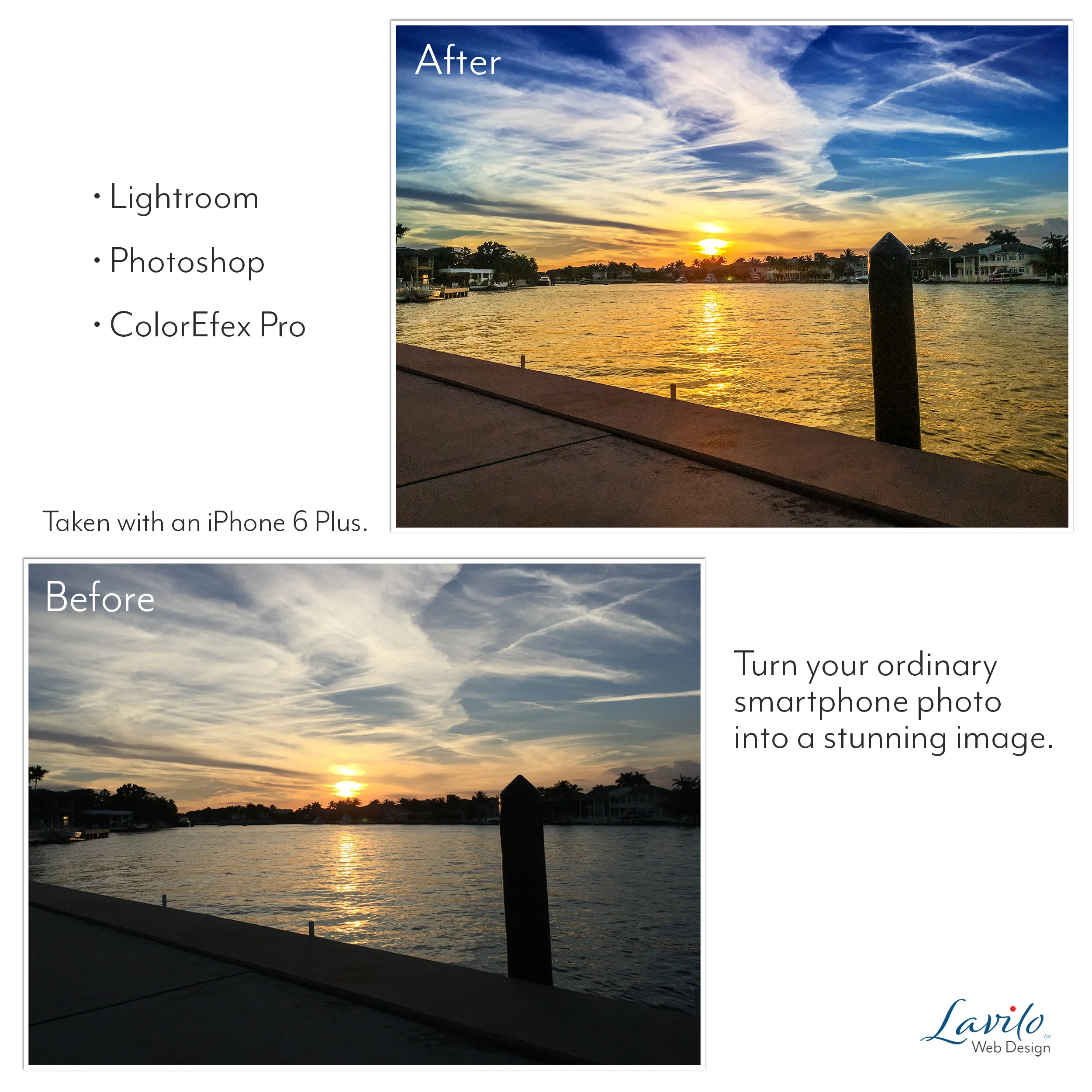What Makes a Photo Professional?
When I started writing this column, I thought the answer to this question was simple and mostly technical. As it turned out, it wasn't.
The phrase, “the way these photos were taken,” may capture the spirit of my answer best.
It's not about a smartphone compared to an expensive camera. You can take amazing pictures with a smartphone and really bad images with a professional camera. Instead, I refer to the composition of the photo, the lighting, and the mood of the scene.
Let me illustrate my point.
A couple of months ago, my family and I visited Chimney Rock Park, where I took the above picture of the famous Hickory Nut Falls.
I wanted to capture the imposing, towering cliff and the motion of the water dropping 404 feet. The lighting conditions were not ideal. The cliff lay in deep shadows while the top of the falls was lit by bright sunlight. With my camera mounted on my trusted tripod and positioned at the base of the falls, I chose a slow shutter speed to blur the water just enough to capture its rushing movement.
Back home from this fantastic day trip, I spent several hours to equalize the light. I carefully reduced the brightness of the sunlit areas and slowly brought out the details from the shadows trying to recreate my feelings standing near the waterfalls.
I think what makes a photo professional are the thoughts that went into preparing for the shot and the time spent retouching the final picture.
A professional photo catches your eye, leads you through the image, evokes emotions, and is interesting to look at.
In the end, it's not what makes a photo professional but who - the artist behind the camera.











